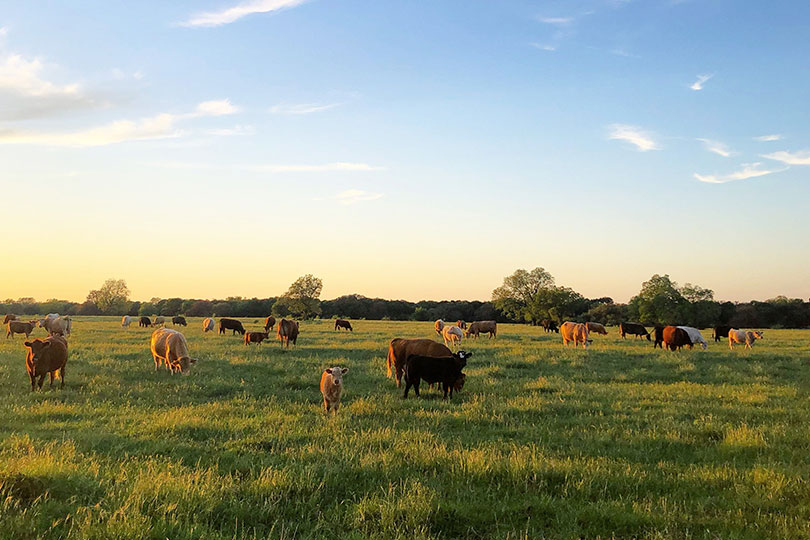By Emmy Powell
Communications Specialist
After months of significant drought, conditions are improving for parts of the Lone Star State.
“We’re coming out of a long, dry winter, and conditions certainly are much better all through a large part of the state, particularly when you get east and north of the Brazos River,” Tracy Tomascik, Texas Farm Bureau associate director of Commodity and Regulatory Activities, said. “Those counties, those farmers, those ranchers are in much better condition today than their neighbors to the west and to the south.”
For the areas lucky enough to receive rainfall, pastures are greener.
“We sure hope that, in the near future, the dry parts of the state get some beneficial rainfall,” Tomascik told the Texas Farm Bureau Radio Network. “But for the most part, you’re going to see a lot of ranchers— whether they’re grazing cattle, sheep, goats or horses—in much better conditions right now than we anticipated just a few months ago.”
The Texas Drought Monitor shows the Northern Panhandle, some of the South Plains in West Texas, West Central Texas and along the Texas-Mexico border are experiencing severe to exceptional drought.
Dry conditions in the Panhandle, combined with the wind and sand storm in late February, led to the loss of most of the wheat crop for the region.
“We sure hope that the beneficial rains will get there sooner rather than later,” Tomascik said. “The Panhandle and West Texas could really use some good soaking rains, especially as planting gets underway.”
Central Texas experienced extreme cold conditions, which stunted growth for grain crops, Tomascik noted.
“If you look across the heart of Central Texas and into the northern part of the state, so much of the winter months are used to graze cattle on small grains. Despite some hard freezes, those have done well so far this year,” Tomascik said.
Although grazing conditions are improving for ranchers, the shortage of hay remains.
“Hay is in short supply across the state, but the Emergency Livestock Assistance Program through the Farm Service Agency is still available in 2023 for those who qualify for the drought conditions in their counties,” he said.
Learn more about the ELAP program to help cover above normal expenses for hauling water or feed to livestock.

